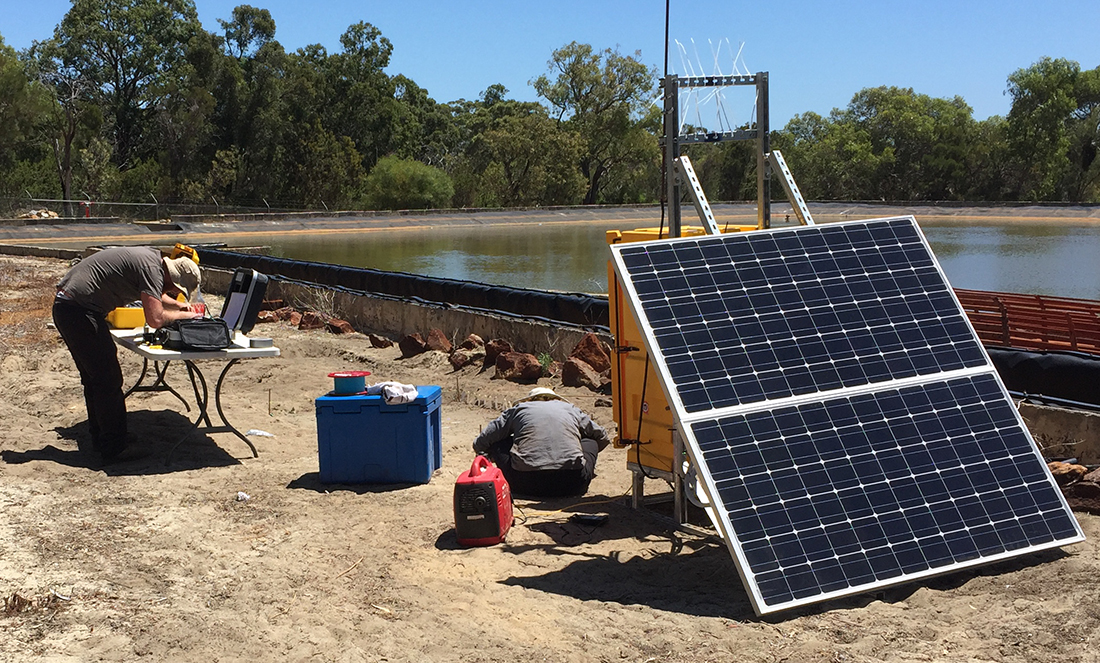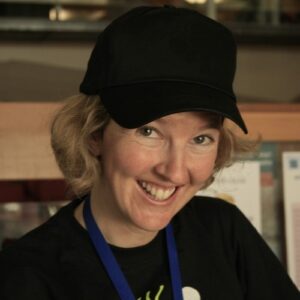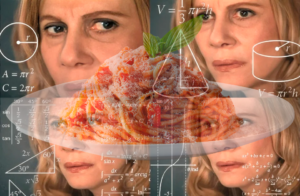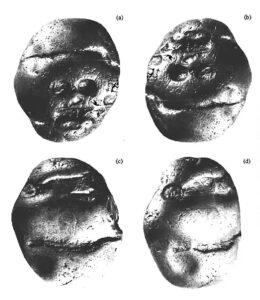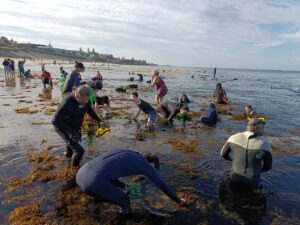The competitive scholarships—each worth $7,000—are designed to provide practical research experience.
“We believe in training young scientists for the future,” says Kings Park Director of Science Dr Ben Miller.
“We want to help students to understand the challenges of projects they might take on for future Masters or PhDs, so we can improve the capacity of our state to deliver positive conservation science outcomes.”
The Kings Park Science Directorate employs 25 research staff in native plant science, conservation biology and restoration ecology, hosting facilities including a genetics lab, tissue culture and cryopreservation facilities, and a seed science laboratory.
This year the Friends of Kings Park Fund is supporting the program.
Meet this year’s scholars—and their projects:
Sadichhya Adhikari
Sadichhya studied biology and fine arts at Trinity College in the US; she’s completing her Masters in Biological Science at UWA.
Scholarship project: Determine whether locally sourced Tuart seeds grow better than non-local seeds.
Big picture: Help native species cope with climate change.
Local seeds have long been our best bet for revegetation, but what if non-locals cope better with climate change?
“Would the introduction of non-local material, for example…material that is known to have genetic resilience to the changing climate, be a better option for revegetation?” Sadichhya asks.
This summer Sadichhya’s studying Tuart trees planted in a 2009 trial to find out whether locals outperform imports.
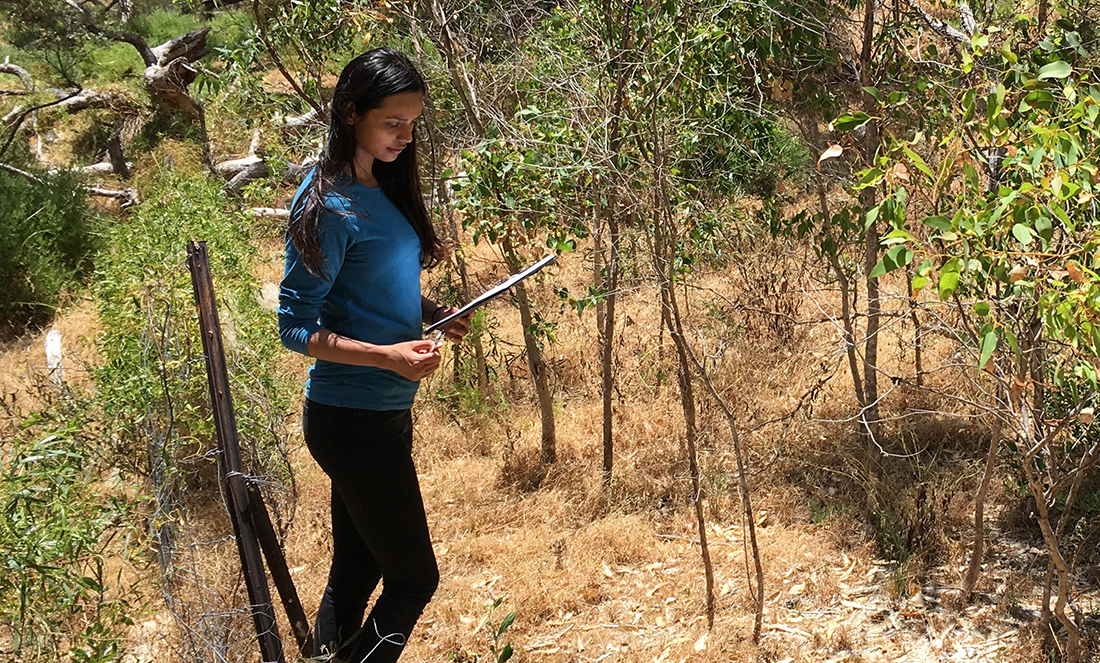
Vanessa Brown
Vanessa studied environmental biology at Curtin University and is a Perth Zoo volunteer.
Scholarship project: Investigate whether native seeds can be protected from herbicides using activated carbon.
Big picture: Restore heavily degraded bushland.
Imagine you could dress a seed in an herbicide-proof onesie…
“The seed would be encased within [an activated carbon] pellet, and planted at the same time as the herbicide application,” Vanessa explains.
“We want to know if the weeds would be killed, and the protected seeds would be able to survive and germinate.”
If successful, Vanessa’s carbon coats have huge applications in agriculture as well as bushland restoration.
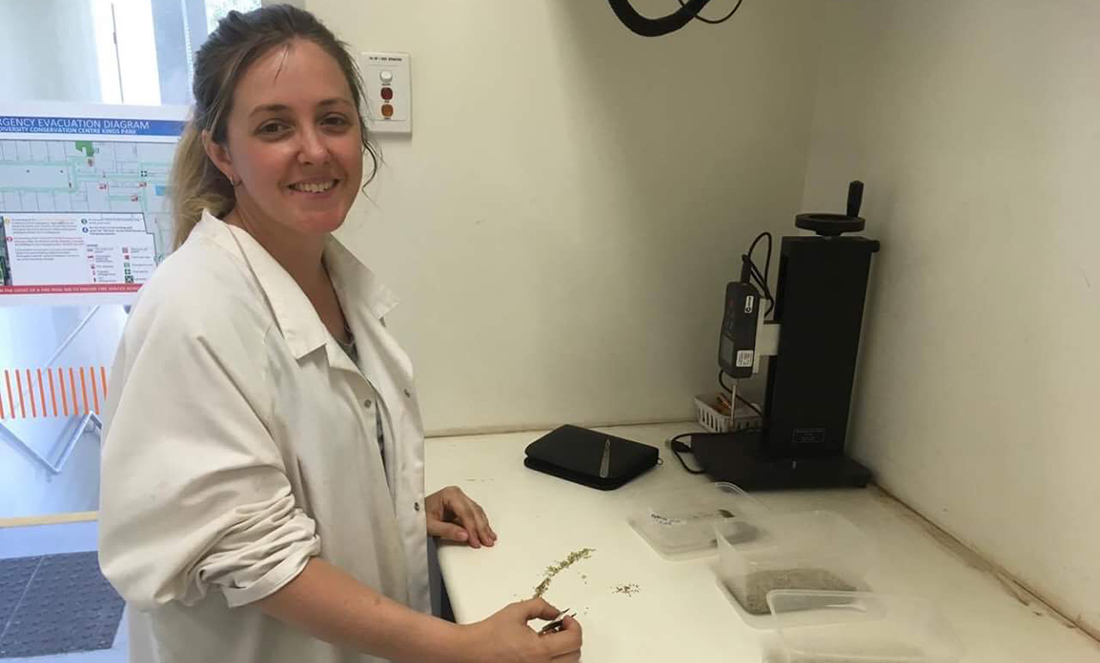
Grace Huck
Grace studied botany and philosophy at UWA. “Family road trips in the bush were a highlight of my childhood, which probably has something to do with why I’m studying botany,” she says.
Scholarship project: Investigate the relationship between seed ‘priming’ and successful germination.
Big picture: Reduce the cost of bushland restoration.
Seed ‘priming’ increases the chance of successful germination, but different species respond to different priming techniques.
“Finding the right priming method for a species can require many germination trials, and this takes a lot of time,” Grace explains.
Grace is hoping to use seed metabolism to predict which priming treatment will work best for particular species.
“This would remove the need for germination trials,” she says.
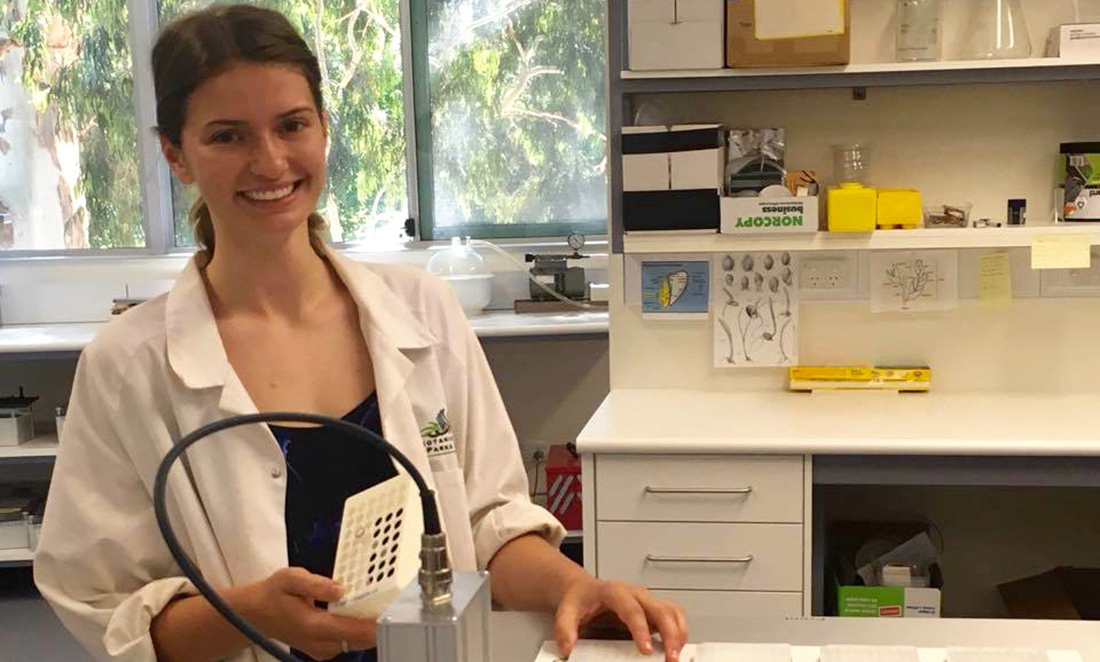
Rose Kerr
Rose studied botany and conservation biology at UWA. “I thoroughly enjoyed my time at UWA; highlights were definitely the field trips.”
Scholarship project: Examine the practical application of biodegradable pots in bushland restoration.
Big picture: Replace plastic pots with biodegradable pots.
“Biodegradable pots are fantastic in theory,” says Rose, “however, there’s limited scientific understanding as to how they affect plant survival, how different soil types may affect the breakdown of the pots, and if they are able to be used practically in large-scale planting projects.”
Rose is looking at factors that may affect the way pots break down in the environment, to see whether biodegradable pots could be used in Kings Park and large-scale restoration projects.
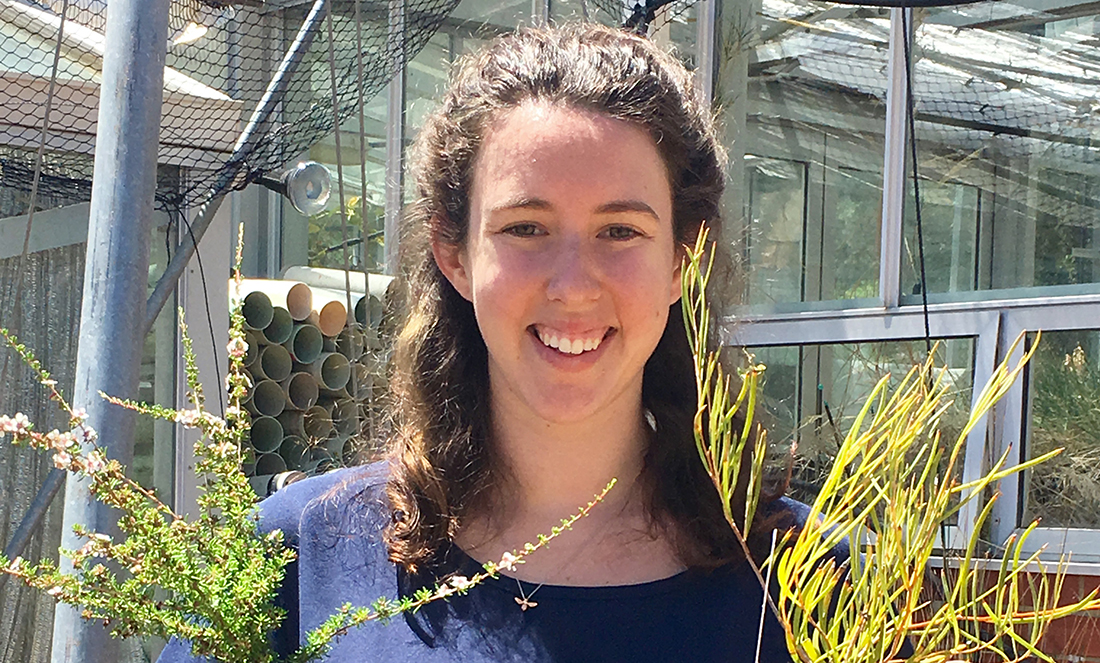
Kelly Lilburn
Kelly studied environmental biology at Curtin University. “I have always loved plants, and the idea that a tiny little seed has the potential to become an entire plant, big or small, is an amazing thought.”
Scholarship project: Investigate the link between a seed’s metabolic rate and its survival in long-term storage.
Big picture: Help preserve our biodiversity.
Destroying a seed to work out if it’s viable? Not incredibly efficient, but it’s current best practice.
Kelly wants to find “a comparatively non-destructive way of determining how long seeds will live in storage,” she says.
The key will be discovering a link between a seed’s metabolic rate—which can be measured non-destructively–and its long-term viability.
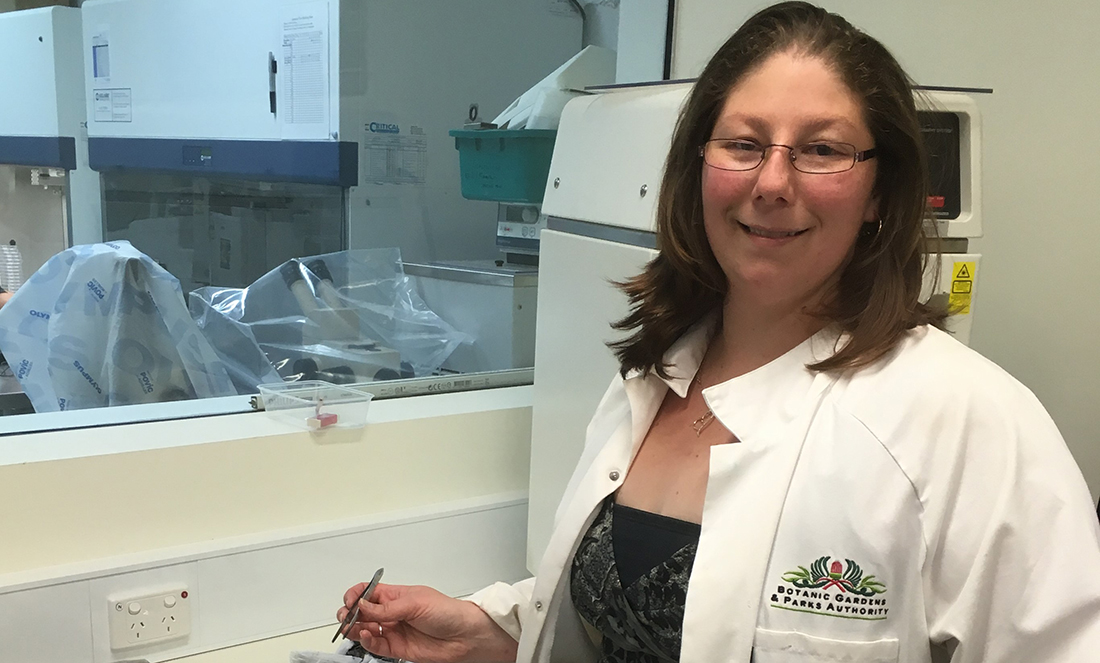
Hannah Lloyd-Deely
Hannah hails from Denmark— “surrounded by magnificent natural wonders from bushland and forests to beaches and rivers” —and studied geographical science at UWA.
Scholarship project: Measuring soil temperature profiles using fibre optic cables.
Big picture: Predict the effect of bushfire on seedbanks.
Distributed temperature sensing (DTS) is relatively new on the ecology scene.
DTS involves using lengths of fibre optic cable to record soil temperature at every point along the cable, offering continuous temperature profiles.
“I was excited about the prospect of using technology that is unknown to me,” says Hannah.
Hannah hopes to apply what she learns about soil temperatures this summer to future projects on the effect of shade, depth, soil moisture and bushfires on seedbank dynamics.
